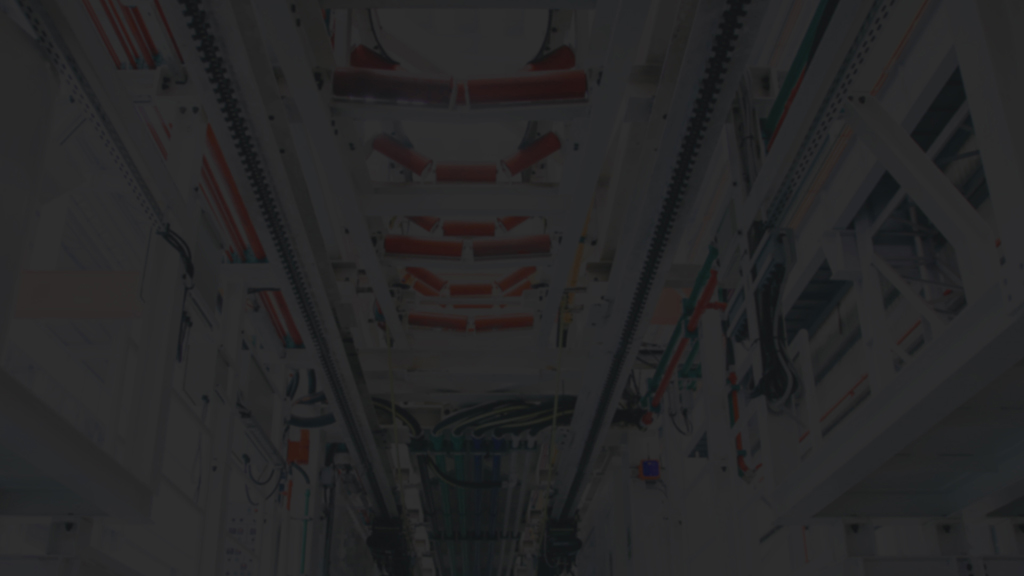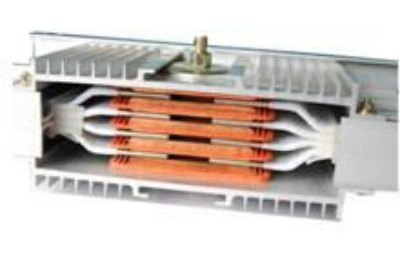Installation method of closed bus duct
Closed bus duct has been widely used in power plants, substations, industrial and civil power supply leads. Its emergence is a change in traditional power transmission technology.Next, editor Lin will introduce to you the installation method of closed bus duct, let’s go and take a look.
Installation method of closed bus duct installation:
1. Construction sequence
Bus duct inspection → Measurement and positioning → Support and hanger production and installation → Insulation test → Bus duct splicing → Phase verification
2. Main construction methods and technical measures
1. Inspection of bus duct
The quality of the bus duct should be strictly checked, focusing on the following:
a. The busbar duct shell should be complete and undamaged.The models and specifications of bus ducts and distribution boxes meet the design requirements.The accessories are provided correctly and in sufficient quantity.
b. The connection surface of the busbar joint is flat, the connection holes are symmetrical, and the distance from the edge is consistent.
c. The insulation board between the busbars cannot be damaged or broken.
d. Use a 500V megohmmeter to fully measure the insulation between phases, phases and neutral rows, PE rows, phases and shells of each bus duct, and the insulation shall not be less than 20MΩ.The construction site should be clean and on-site idle time should be minimized.Do a good job of waterproofing and moisture-proofing.
2. Bus duct measurement and positioning
a. The direction of the bus duct should be determined comprehensively based on the design drawings and actual project conditions. The principle is that there will be no conflict with large-diameter pipes and bridges. It should be laid along the shortest straight path as much as possible. The distance to the ground should not be less than 2.5m.The minimum clear distance from the building surface, other electrical lines and various pipes shall be in accordance with the current national standards.
b. The spacing between horizontally installed bus duct supports and hangers is generally 2 to 3m, determined according to the weight of the bus duct per meter.Brackets should be added at the connection between the bus duct turn and the distribution box.
3. Production and installation of supports and hangers
a. The type of support and hanger is determined according to the installation location and weight of the bus duct.It is generally made of channel steel, angle steel, full-thread boom and flat steel, and is treated with anti-corrosion.The supports and hangers should be evenly spaced, and the levelness of the supports and hangers should meet the requirements for the horizontal deviation of the bus duct.
b. The bus duct is installed vertically, generally using the shaped spring bracket from the bus duct manufacturer.
4. Bus duct splicing
a. When hoisting and splicing, care must be taken not to damage the bus duct. Nylon ropes should be used during hoisting, and steel wire ropes must be covered with rubber or plastic sleeves.The joints should be bandaged to prevent debris and garbage from falling in.
b. The assembly sequence can be based on the bus duct arrangement diagram and bus duct number.When assembling and connecting, put on the matching insulating plate, insert the insulating sleeve and connecting bolts, add washers and spring washers, and tighten the nuts by hand.Adjust the horizontality and verticality before tightening so that the horizontality and verticality do not exceed the tolerance and the total length error does not exceed 10mm.Use a torque wrench to tighten to the specified value, and install the upper cover and grounding strap (plate) in time.
c. In order to prevent accidental factors from reducing the insulation, the insulation resistance must be measured again after each assembly and connection, so that problems can be discovered and dealt with promptly.
d. The spring on the spring bracket should be able to freely expand and contract up and down.
5. Phase verification
After the busway splicing is completed, the phase must be checked and the power system phase must be consistent.
Closed bus duct installation site selection
The installation site of the closed busbar should not easily exceed an altitude of 2000m. The surrounding air temperature should not be higher than +40℃ and not lower than 5℃. The average temperature of the busbar within 24 hours should not exceed +35℃. The relative air humidity should not exceed 40℃. 50%, not at 20℃
More than 90%.The surrounding air is clean and free of dust and gases that corrode insulation.
Release time: 2024-03-04


